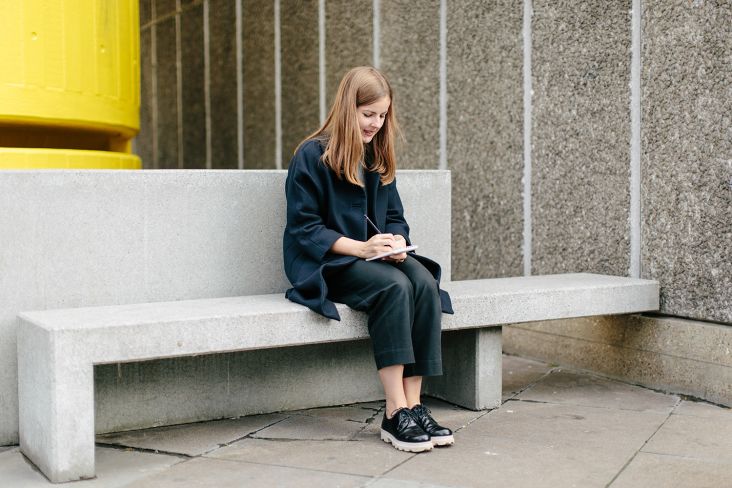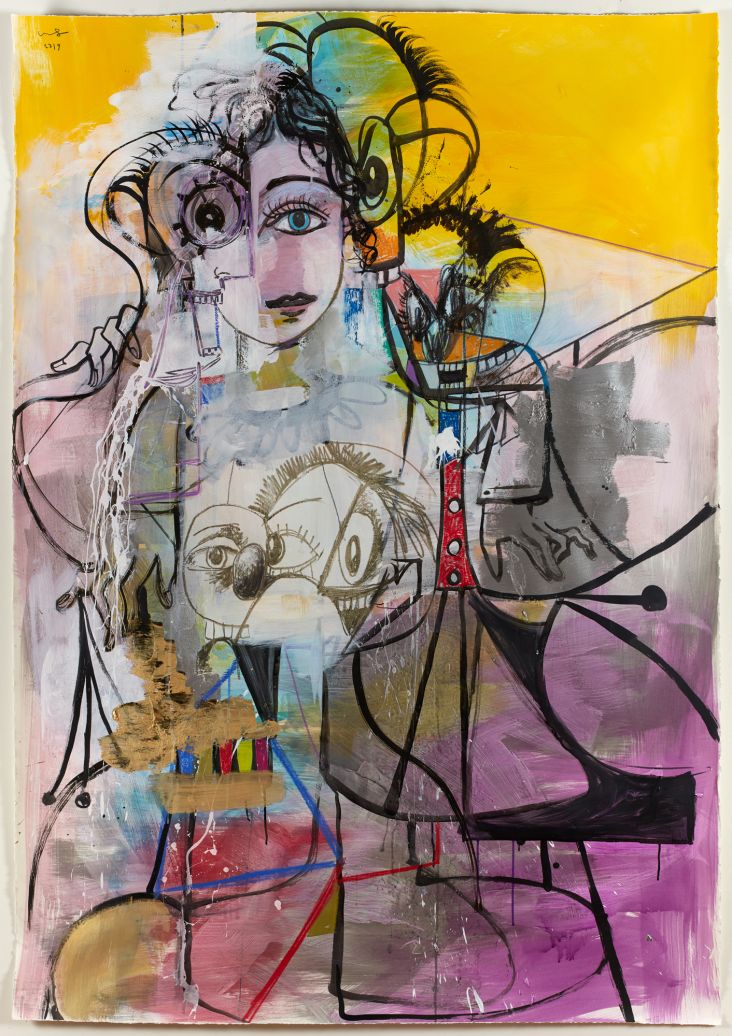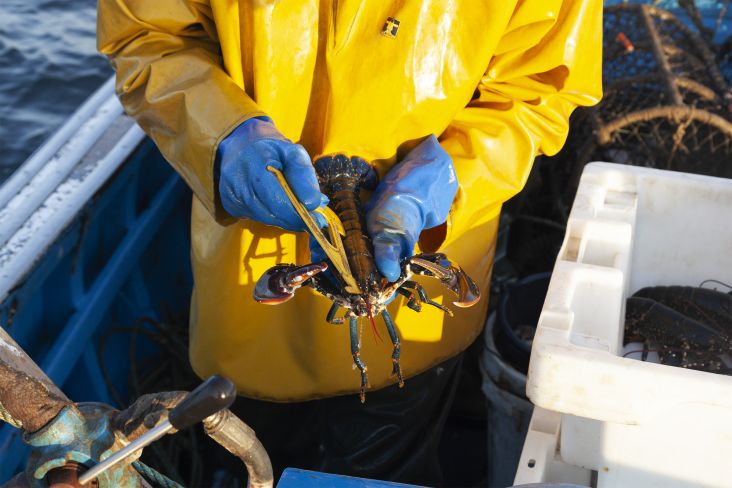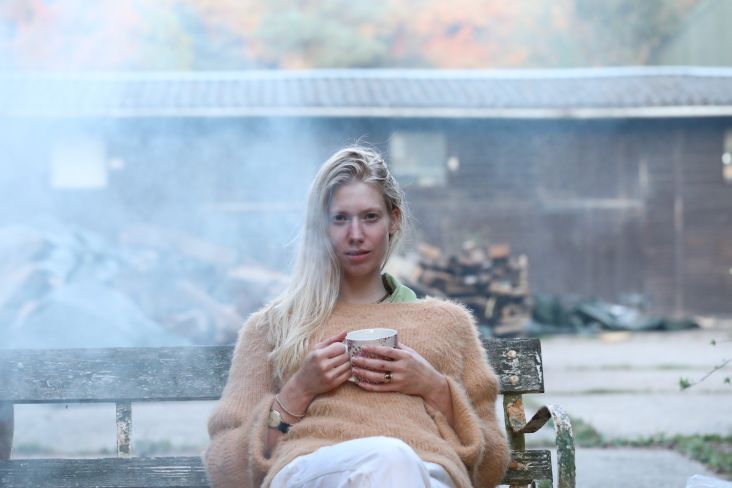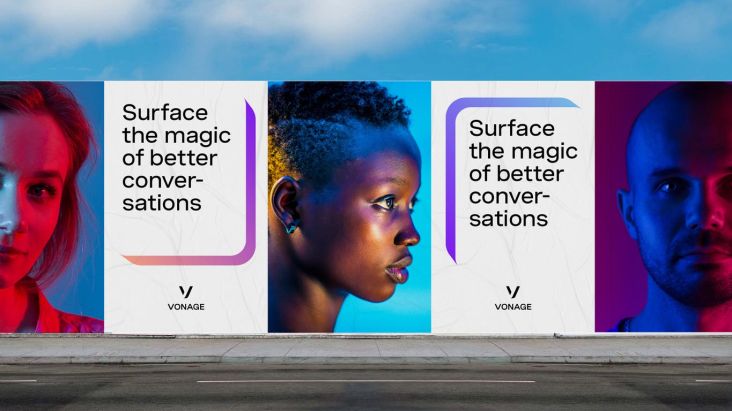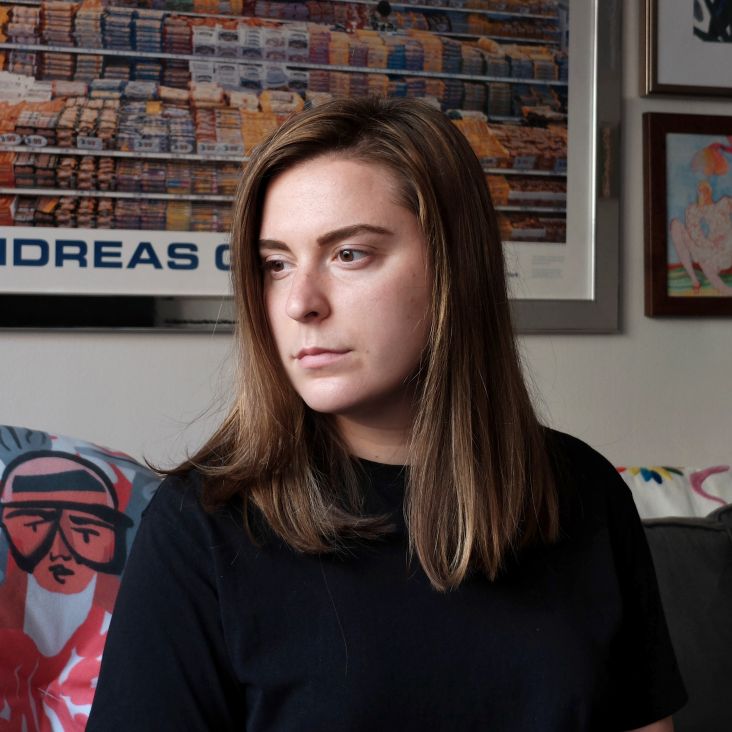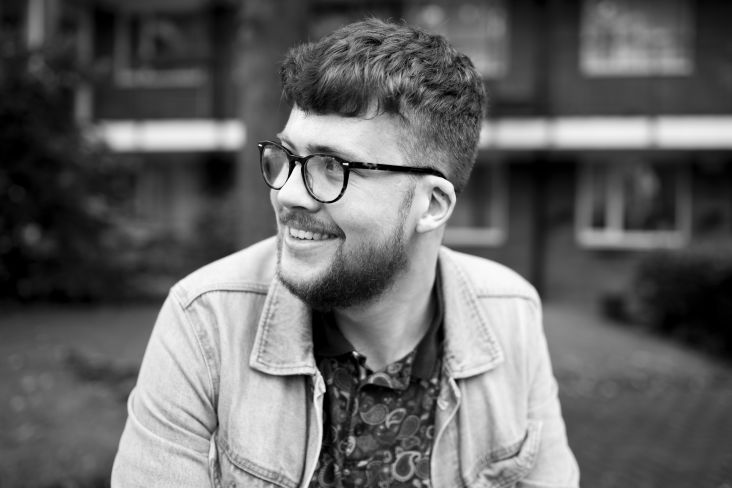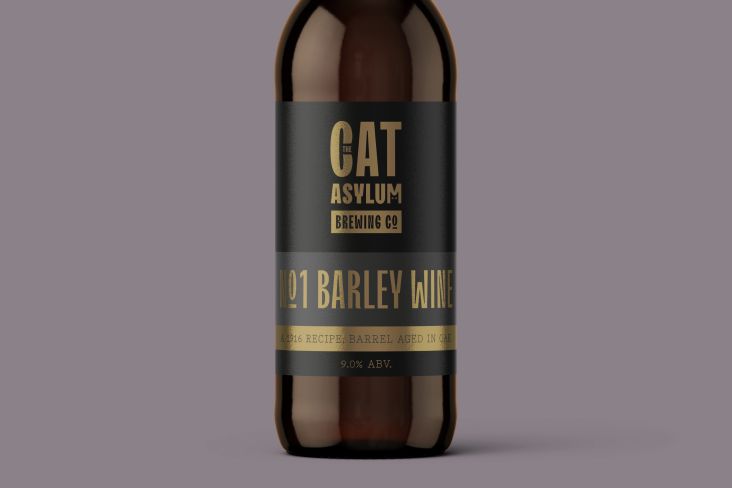Petra Eriksson on lessons learnt as a freelance illustrator, the power of personal projects and why she goes 'offline'
A phenomenal success on Instagram and boasting clients such as The New Yorker and The Guardian, Petra Eriksson is, without doubt, one of the most exciting illustrators right now.
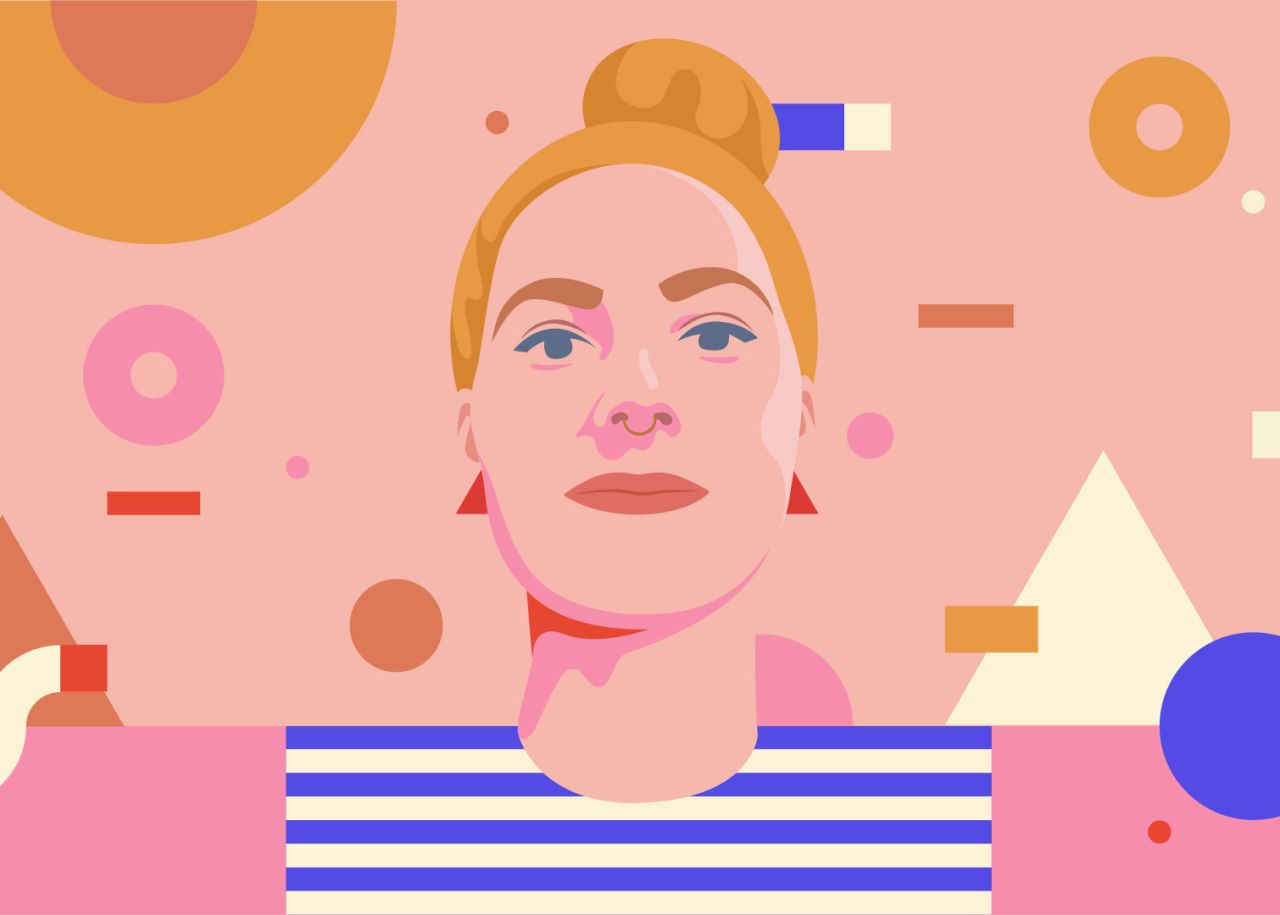
Born in Stockholm and based in Barcelona, Petra studied graphic design at the renowned Bergs School of Communication before venturing into the world of freelance illustration and is today represented by Handsome Frank,
Working mainly in Adobe Illustrator, Petra's bold and colourful works, often dotted with confetti and other abstract compositions, have become her signature style. She is especially renowned for her portraits of women. We chatted to Petra about this and more.
Did you always know you wanted to be an illustration artist?
I knew that I wanted to create visually, but it took me a while to figure out what to do and how to make it work. I’ve always painted and drawn, so my life kept going in that direction. However, for a long time, I thought that it might be my side hustle and that I might have a "real" job to support myself. It took me a while to realise that this could be my full-time profession.
You've had quite the journey so far, can you tell us more?
My background is a mix of fine art and graphic design; I never studied illustration (more than a short course during my education), but for me, that has been the perfect mix. I learnt a lot about colour and composition at art school and was able to get a feeling for commercial projects and design at Berghs School of Communication.
When did the big break come for you, when you began making money from your art?
It was about three years ago, a few months into freelancing full-time. I got my first international project and, even though it was a pretty small job and not that well paid, it opened a lot of doors to other things. From that point, things started to pick up, and I felt that I got to use the skills I had developed in my projects. I got more and more requests, and after a few months, I started working with my agency Handsome Frank.
What have been the biggest lessons of the past few years?
I think how I value myself and the work I do. Some of the lessons are more practical like understanding what to charge for different kinds of things (though this is still not easy) and what to look out for in contracts to be able to keep the rights and be in control of my work.
Others are more about trusting myself and appreciating what I do enough to dare to say "no" to things and give myself enough time to be able to complete something at the level I want. It might sometimes mean fighting back with clients for what I think works best in an image; I don't always manage to convince them, but at least it feels better to stand up for whatever option I believe is the best one.
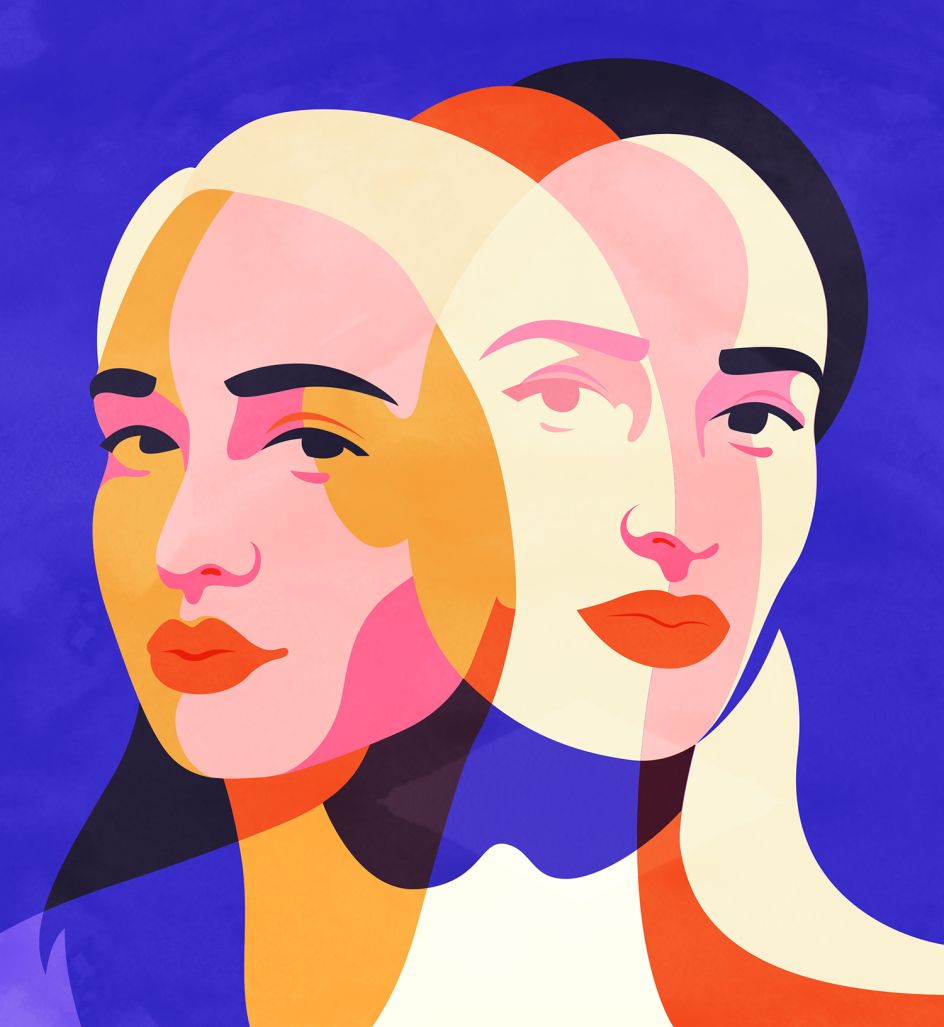
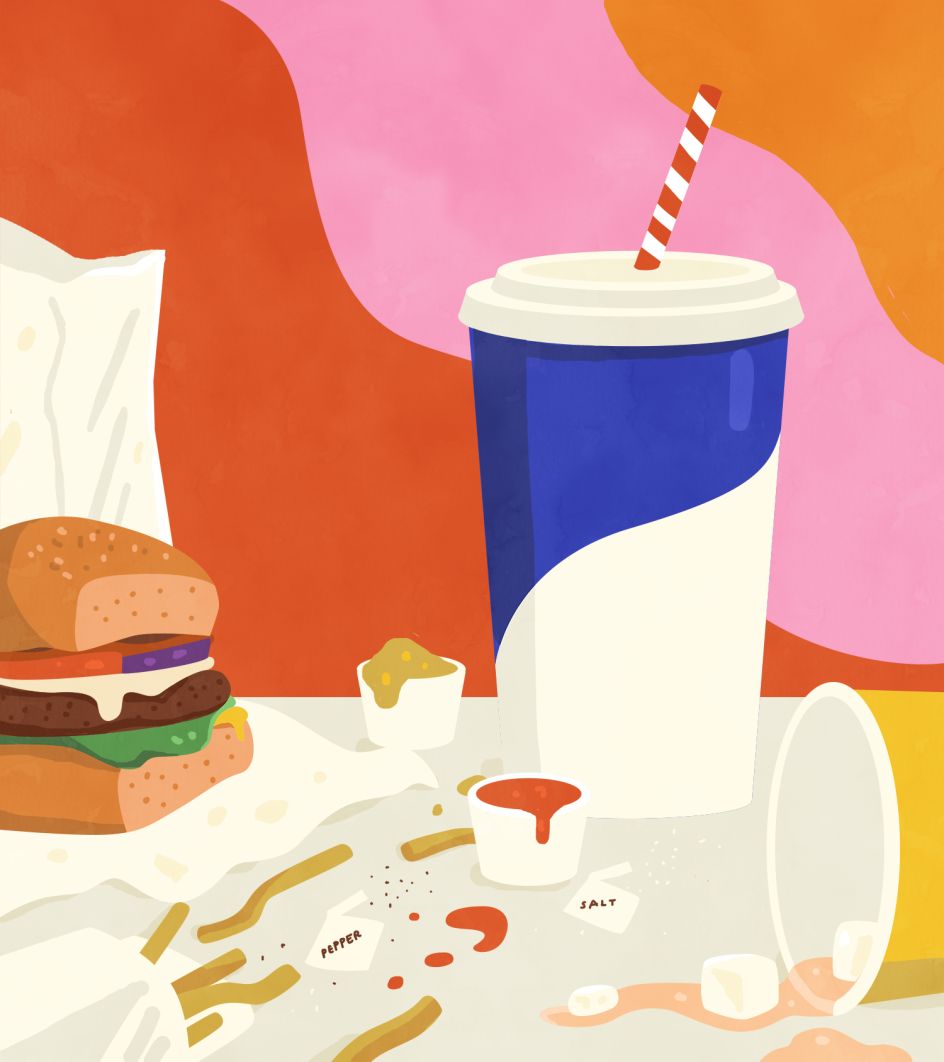
Your work is so colourful and bold. Where does this style come from? What does colour mean to you?
I grew up in a creative home with a mum who's very interested in design. Her style is also very colourful and graphic which I definitely think made a big impact on me and it feels like colour has always meant a lot. A well-balanced colour palette gives me joy. I’m a very visual artist, so for me, colour is one of my primary tools for expressing myself. I sometimes wish that I was more of a conceptual artist, but I’m trying to make peace with having colour and shape as my primary weapons. Colours are one of the first things I start thinking about when kicking off a new project as it's so closely connected to the story I want to tell.
Do I see a hint of Japanese inspiration?
Haha, maybe! Even though I still haven't been to Japan, I'm very fascinated with its culture and the mix in tradition and all the new crazy trends. I also absolutely love the worlds of Hayao Miyazaki (especially how he uses colour). I think his work has definitely inspired me.
A lot of your work centres around female portraits. Why is that?
It's because of a combination of different reasons. Firstly, I've always drawn faces, that's what I used to fill my school notebooks with. When I started focusing more on personal projects (while I was still employed as a designer at a startup), it felt natural for me to go back to what I had enjoyed most as a kid but do it in a completely different way.
After producing a bunch of different portraits (which were mainly of females) and sharing them on Instagram, I got a request to do 52 portraits of "women from history" for the book Bygone Badass Broads written by Mackenzi Lee for Abrams Books. And once I had done that book I got a lot of other requests for doing portraits, but at that point, I also felt like I needed a bit of a break from it. During the last two years, I've been much more picky with the portrait projects I do as I want to focus more time on other things.
Do you ever suffer from periods where you lack motivation?
I wouldn't say I ever lack motivation, but I've had phases during the last few years when I've been overworked and haven't felt very creative. I'm currently trying to give myself enough time to rest and go out and get inspired.
In the beginning, I didn't realise what my brain needs to create good work and even though I haven't found a balance yet (if there's even such a thing), but I'm working on being more aware and giving myself time to create without rushing.
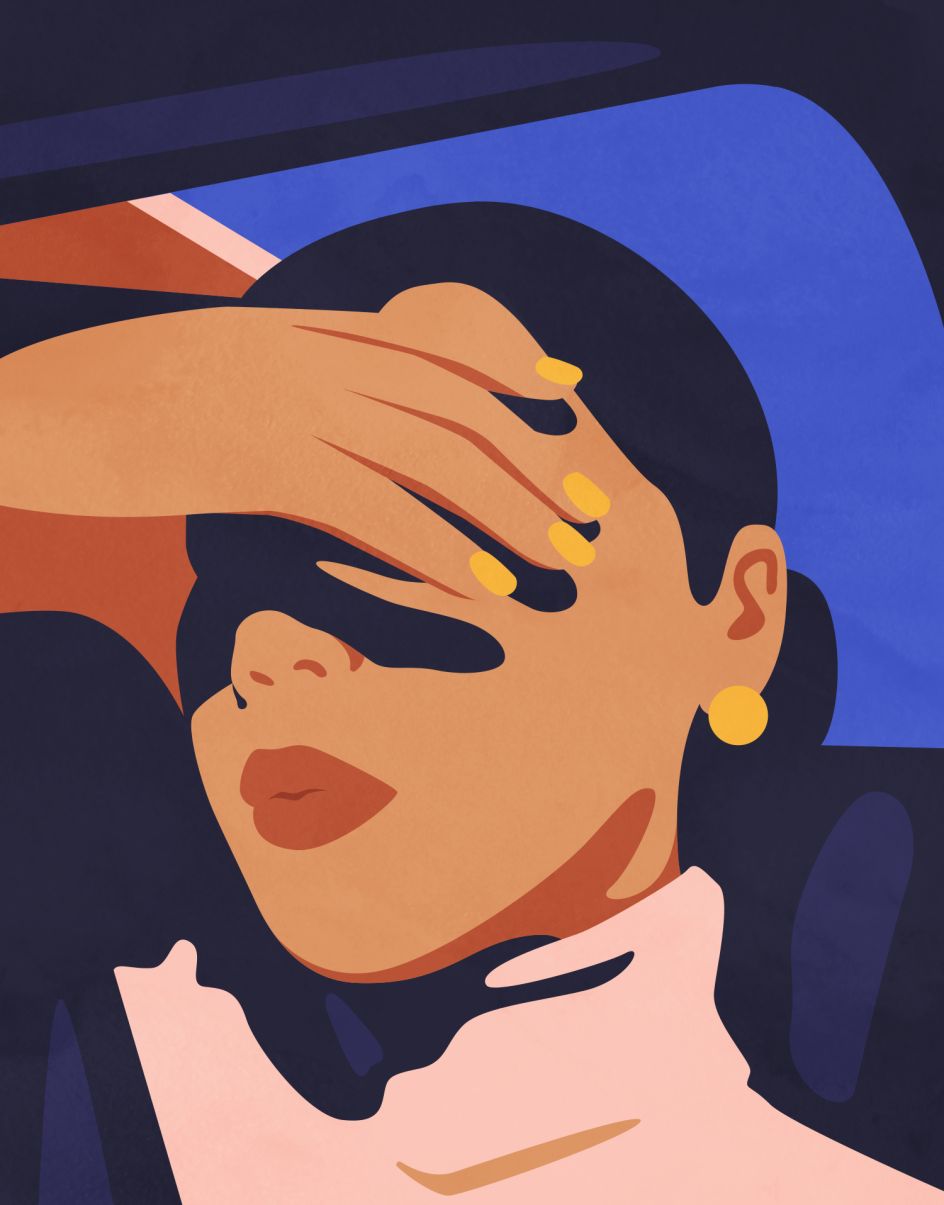
We all face challenges. What hurdles are you currently trying to overcome?
Learning to say "no" to projects is one thing and respecting my artistic work enough to put aside sufficient time for personal projects is another. Also, becoming better at dealing with clients when they are tricky. I don’t have a clear plan for how to do this, except for letting my experience guide me and slowly improve.
One thing I've done is to create a bigger shift between work and time off by moving into a new work studio so that I mostly work from there. I also try to get at least one long holiday each year where I disconnect entirely and ideally avoid my computer and phone for at least two weeks.
You're a success on Instagram? Do you find the platform helps?
It definitely helped me a lot at the beginning of my freelance career, as most of my initial client projects came through the platform. I still think it's an excellent way to show creative work though I feel things have changed slightly with the way the Instagram works. As in, I think it's harder to build a following these days.
Instagram will be around for a long time yet, but the impact it has on people's careers might well change. I'm certainly using it a lot less. I still enjoy connecting with other creatives and use it as a channel where I can share more processes and behind the scenes of my work.
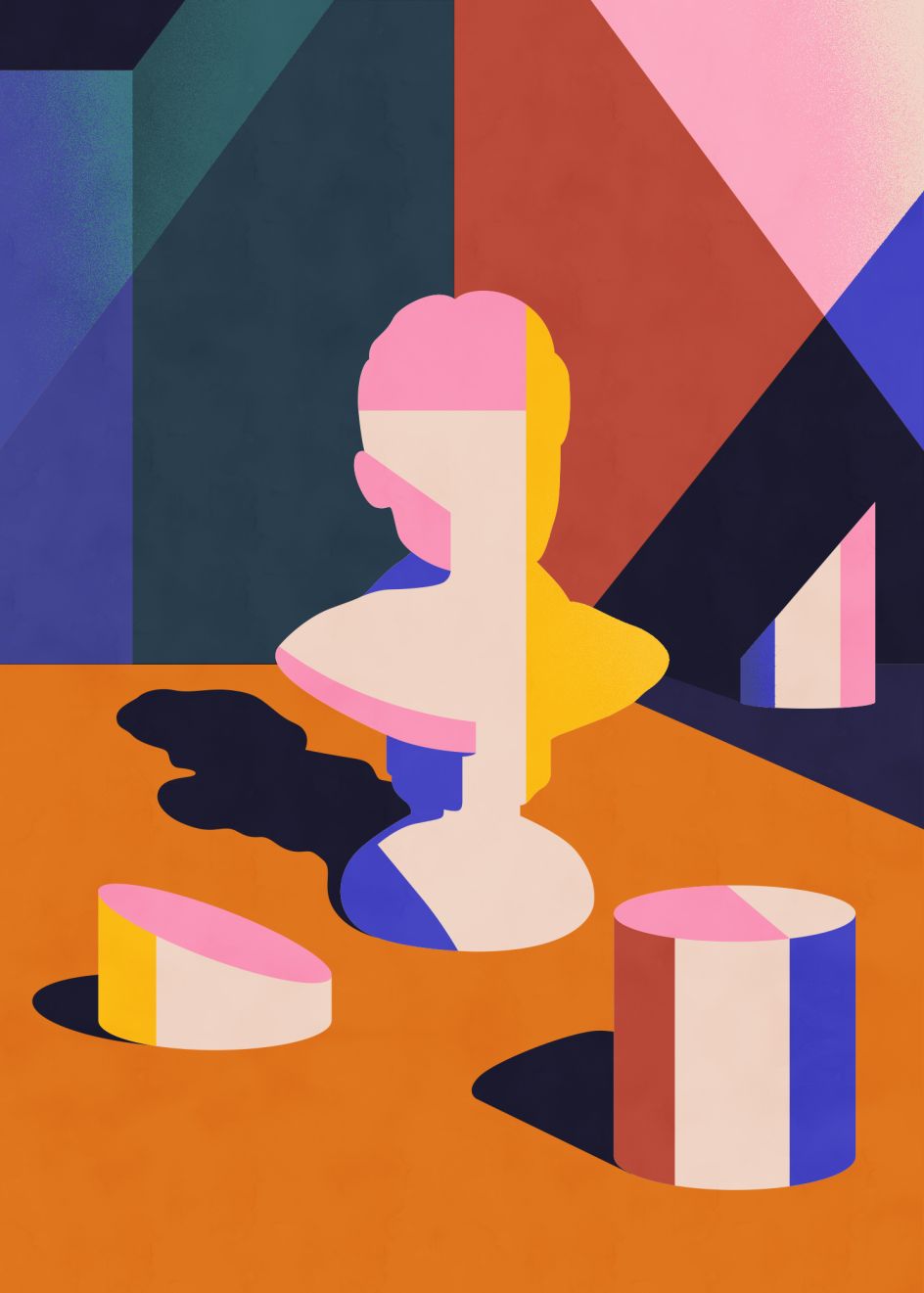
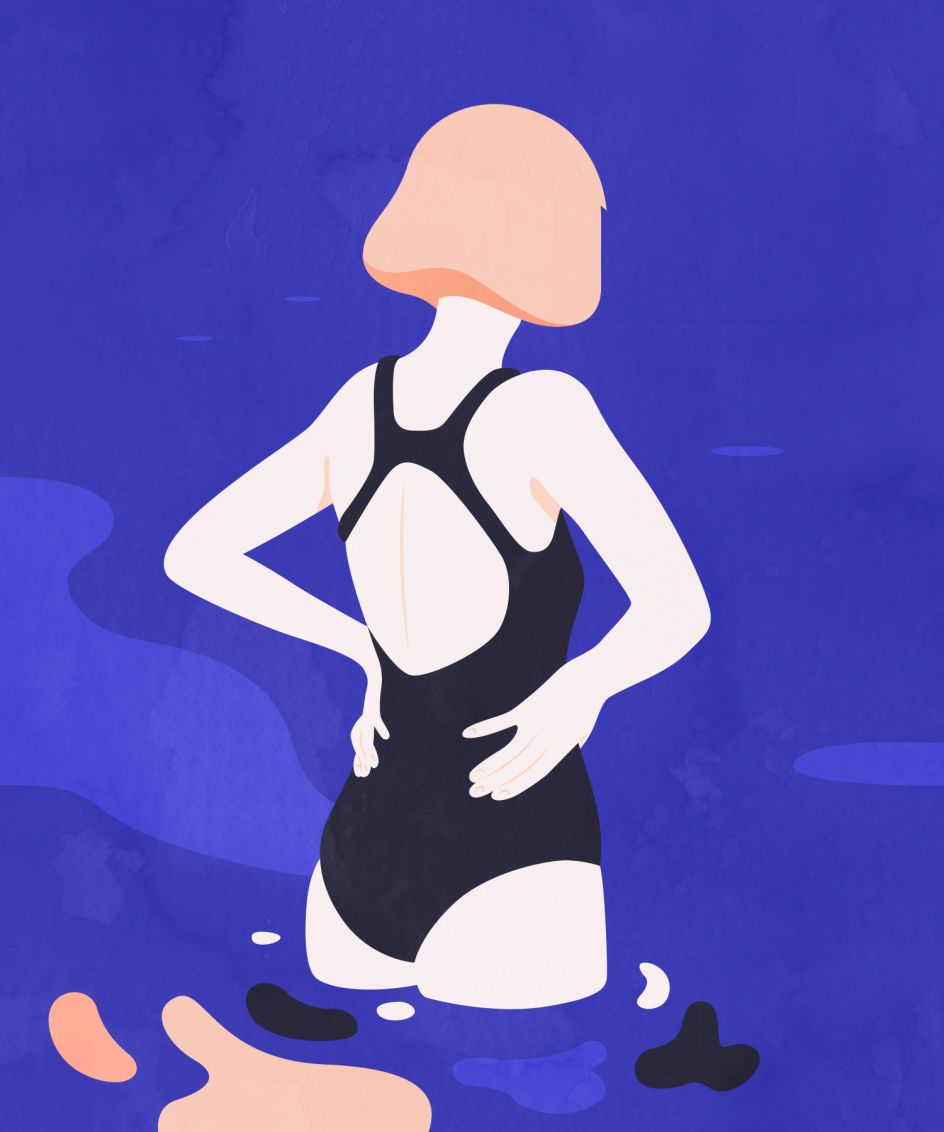
There's a lot of talk about mental health these days. Do you think there's more pressure on illustrators and artists with having so much exposure?
I don't think it has to be that way. It probably depends on who you are as a person and how secure you feel in yourself from the beginning. For me, it's definitely been something that has affected me though I feel like it's not exactly the exposure itself but rather how I started comparing myself to other people, both personally and professionally.
I'm much more aware of how social media affects me now, and I'm taking more time offline, especially if I'm in a phase where I feel extra vulnerable. In general, I think that it's a good thing that we talk more about focusing on time away from screens and how to be more present in our lives.
Do you have a routine or are you more "go with the flow"?
I'm very much a routine person. I'm someone who can dwell for a long time over small decisions, so I'm trying to remove as many of them as possible.
My workdays are more or less the same. I wake up around 8:00, listen to the radio while getting dressed and ready for work, then I walk to the office listening to music or a podcast. When I arrive, I make myself some tea, respond to some emails and get started.
I usually work very intensely between 9:30-12:30 as it's my best focus hours. At 12:30, I head to the gym. After that, I either grab lunch before heading back to the office or some appointment. Or I go home and work from there in the afternoon.
However, I'm not very creative in the afternoon so that time is mostly for emails, planning and maybe a bit of sketching. Later in the evening, I get another creative spurt, but I try not to work too much during late evenings.
Do you ever worry you'll run out of ideas?
Yes. Sometimes when a deadline is getting close, and I still haven't figured out what to do, it can stress me out. It doesn't happen that often but when it does it affects me a lot. It always works out in the end, but it's still a very stressful phase when you're staring at a blank piece of paper and hear the clock ticking.
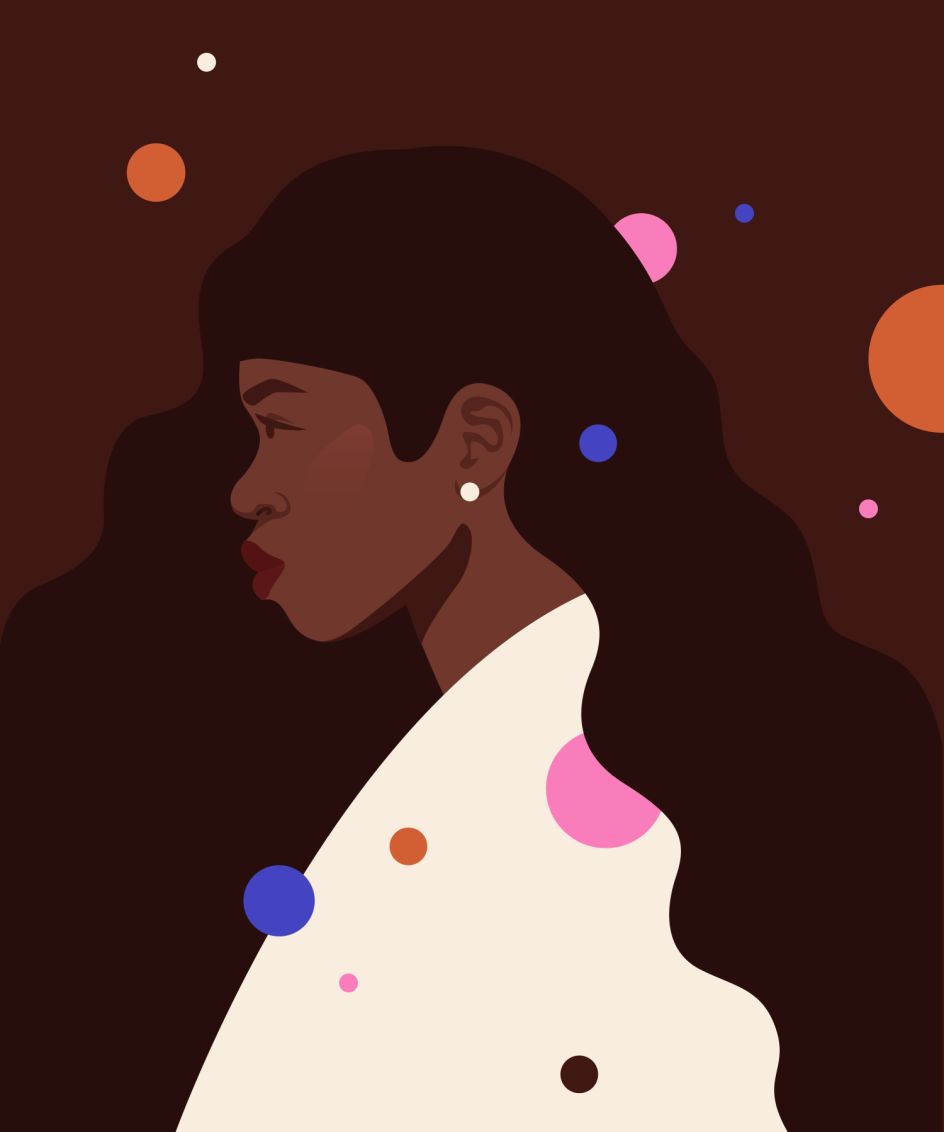
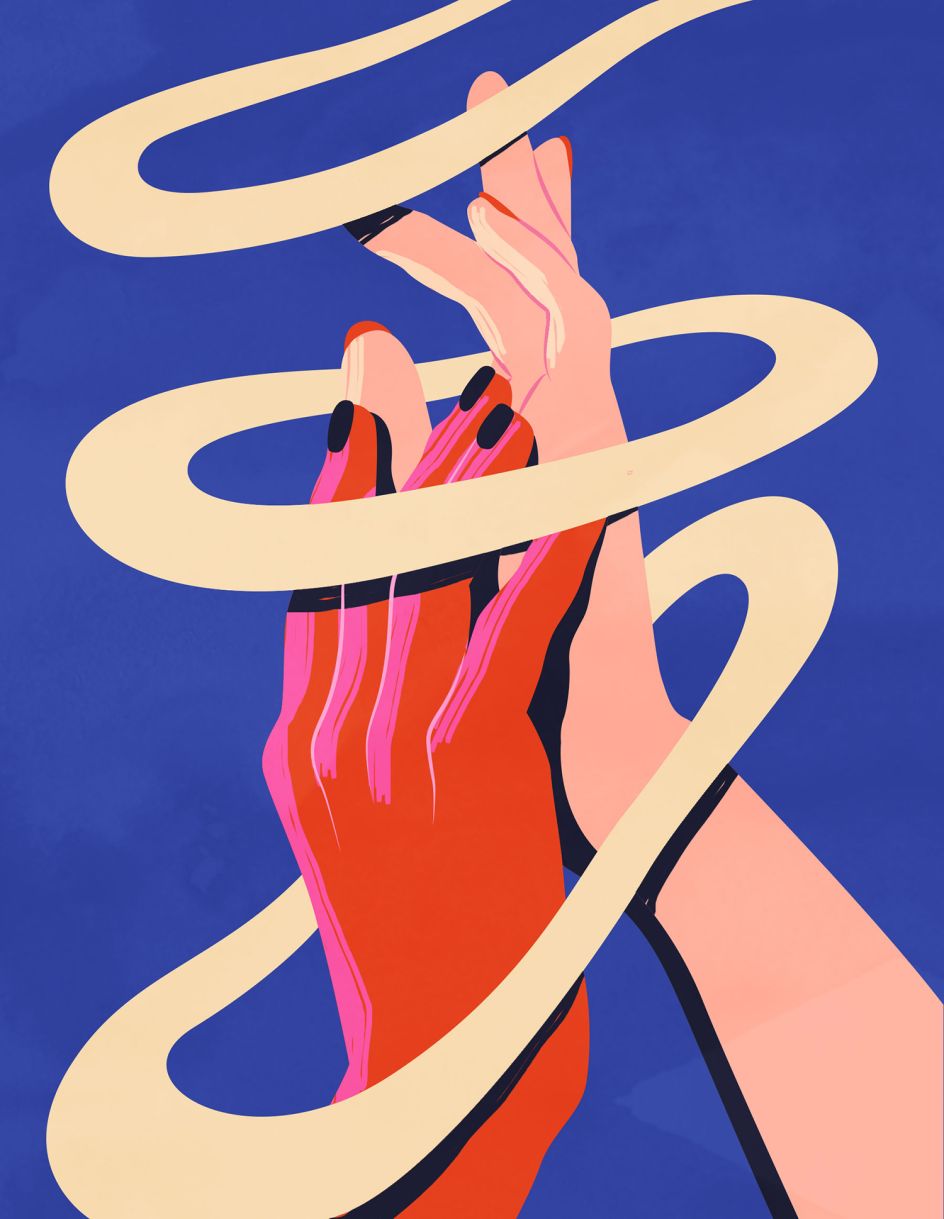
Is there anything that bugs you about freelancing that you wish could change?
Not really. In general, I love freelancing. There are obviously situations that are hard, like when you're sick and can't delegate work to someone else and things like that, but it's difficult to get around that.
What I've learned is that even though I love being my own boss and more or less in control of everything, I do appreciate and need specific services from other people to help me in my day to day life. Having a good accountant and other people that you can rely on, especially when it comes to legal and accounts stuff, is so worth it.
What advice would you share with others on becoming a freelance illustrator?
Spend a lot of time on personal projects where you can develop your style and find pleasure because it's so easy to get sucked into whatever the client wants you to do and feel like you lose touch with your own way of expressing yourself. Also, remember that to be creative, you need time to rest and to spend time experiencing other things.

















